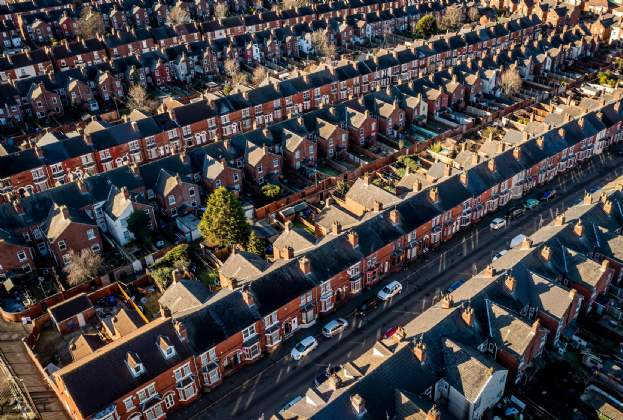The UK is currently in the midst of a housing crisis with one of the main contributing factors a lack of housing supply.
Increasing consumer choice and the diversification of the housing market are the government's recommendations for combating this undersupply. The promotion of self-build and custom-build aims to encourage innovative design and construction, supporting those who would otherwise be dissuaded by barriers, such as finance, land supply, planning regulations and scarcity of information to design and build their own homes.
The Self-Build and Custom Housebuilding Act 2015, requires local authorities to maintain a register of people and groups who want to acquire a serviced plot of land to build their own home. This quantifies the demand for custom and self-build plots, which local authorities are then required to plan to meet in the same way as for other types of housing.
Sometimes local authorities request developers to provide a percentage of self-build or custom-build plots by including a requirement within Section 106 agreements. Typically, the Section 106 Agreement requires that plots are marketed to those listed on the local authorities’ Self-Build and Custom-Build Housing Register for a specific period of time.
Mortgages for self-build and custom-build differ from traditional residential mortgages where a single payment is made on completion of the purchase. Rather, self-build and custom-build mortgages are released in stages, reflecting the progress from buying the land through to completion of the property.
Self-build and custom-build definitions are often used interchangeably. Whilst both self-build and custom-build require the purchaser to be involved throughout the process, the difference between the two can be distinguished by how much involvement a purchaser may have.
Further differences are outlined below:
Self-Build
As seen on the popular Grand Designs series ‘The Streets’, self-build is where a purchaser organises the design and construction of their own home. This can involve finding a serviced plot of land, gaining planning permission and instructing their own architects and build contractors. This provides increased flexibility for the purchaser to design and build their own home from inception.
Custom-Build
Custom-build can be considered less risky, with the purchaser working closely with a property developer to find a serviced plot, manage the construction, and secure financing. The purchaser may enter into a design and build contract with a developer who will assist with the design and construction of the property.
Custom-build plots offer flexibility, with some schemes offering purchasers a variety of housing designs to choose from. In most cases, custom-build plots must adhere to specific design guidelines to comply with existing planning permissions. Developers can ensure this in various ways. Buyers may choose from a predetermined list of house types and exterior materials. A custom-build plot can also be delivered to shell-and-core, where the developer provides a watertight structure and the purchaser selects the interior layout, fixtures and fittings.
Savills have advised on a range of self-build and custom build schemes providing development consultancy, agency and professional advice including Red Book valuations.
Further information
Contact Molly Eyles or Abigail Jones

.jpg)
.jpg)
.jpg)
.jpg)

.jpg)
.jpg)
.jpg)
.jpg)
.jpg)